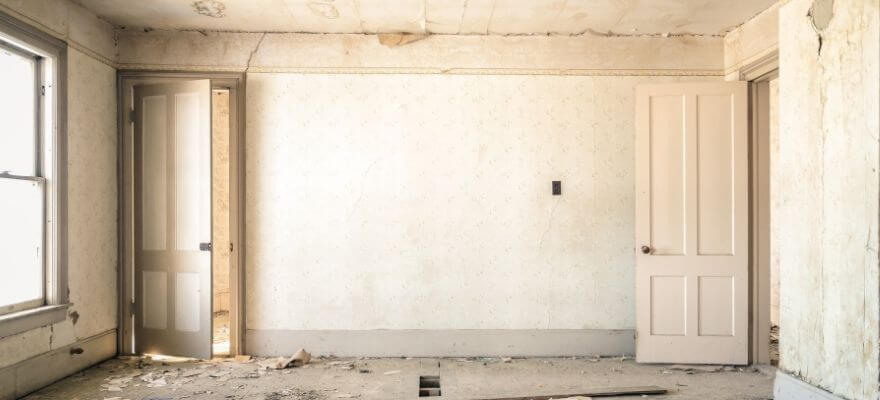Renovating your home can be an exciting experience for you, and it can also be challenging. With so much to do and a lot of money to be spent, it is easy for someone who has not prepared well to make mistakes.
Here are the top 5 home renovation mistakes you must avoid:
Mistake #1:
Doing too many things at once
Okay, it is quite understandable that you want your house to assume a new look and feel; however, this same feeling can lure you into tackling too much at once. This particular mistake is usually made by those homeowners who are just moving into a new space and want to renovate the home from scratch.
Usually, they start with one renovation project and move to another, and before they know what’s happening, they have disorganised the whole house, leaving everything in a state of disarray. When such happens, a renovation project that should have been a source of satisfaction turns around and leads to frustration.
Avoiding this particular mistake is easy – you just need to focus on defined renovation projects one at a time. For instance, if you intend to renovate the entire house, you could consider starting from the living room and bedroom. Then when you have more money, you could move to the kitchen, and from there, you may extend your hands to the other parts of the house. Focusing on one area at a time helps you focus your energy on that particular area and is also an excellent way to keep your house clean and your budget intact.
Mistake #2:
Going DIY when you don’t have the needed experience
Going DIY when renovating your home can be fun and thrilling; however, doing it without having the required expertise can mess up things for you. Some people think they could carry out renovation projects by merely watching some videos on YouTube or reading some DIY articles on the internet. But there is a whole world of difference between practical knowledge and theoretical knowledge.
So, while DIY may be the right choice for you, you must have the necessary skills and experience to make it work, else, you may end up spending more money than you budgeted, to fix the mess you would create. If you do not consider yourself handy, done any large scale home renovation or maintenance project before, then consider hiring a professional to do your home renovation for you.
Mistake #3:
Choosing the lowest estimate
If you decide to contract a professional to do your home renovation for you, the first thing you should do is to receive quotes from many vendors. As the quotes begin to come in, you may be tempted to go with the lowest estimate – this is a mistake that may end up costing you more money than you were trying to save.
This is not saying you should go with the highest estimate either; instead, you should weigh the common links. If there is a number that keeps repeating itself in all the quotes, then that’s likely the actual cost of an item. You might want to look at the past jobs of each vendor and do more research until you arrive at the best contractor for your project. If you are stuck between two or more contractors, then you may go with the one that you feel more comfortable working with.
Mistake #4:
Not anticipating roadblocks
No matter your level of preparedness, your home renovation project may still not go as planned. There will always be that item that you underestimated its price, and you have to make up for the extra cost. There will always be an item you did not capture in your budget – you only discover them when you start the actual renovation, and you must make a new arrangement for them. All these unforeseen expenses could stall the progress of your renovation project if you did not plan for them in advance.
Applying conventional wisdom can help you to avoid the setbacks that renovation roadblocks can present. Ideally, you want to set aside 15% or 20% of your renovation budget to cater for unexpected expenses.
Mistake #5:
Not leaving emotion at the front door
This is one of the most prevalent mistakes that people who are renovating to sell usually make. If you are renovating to sell, then the interests of the buyer should be your top priority. If you like a particular color, ask yourself, “is this what my ideal buyer wants?” Do not use personal choices; instead, think about the styles the buyer would appreciate.










